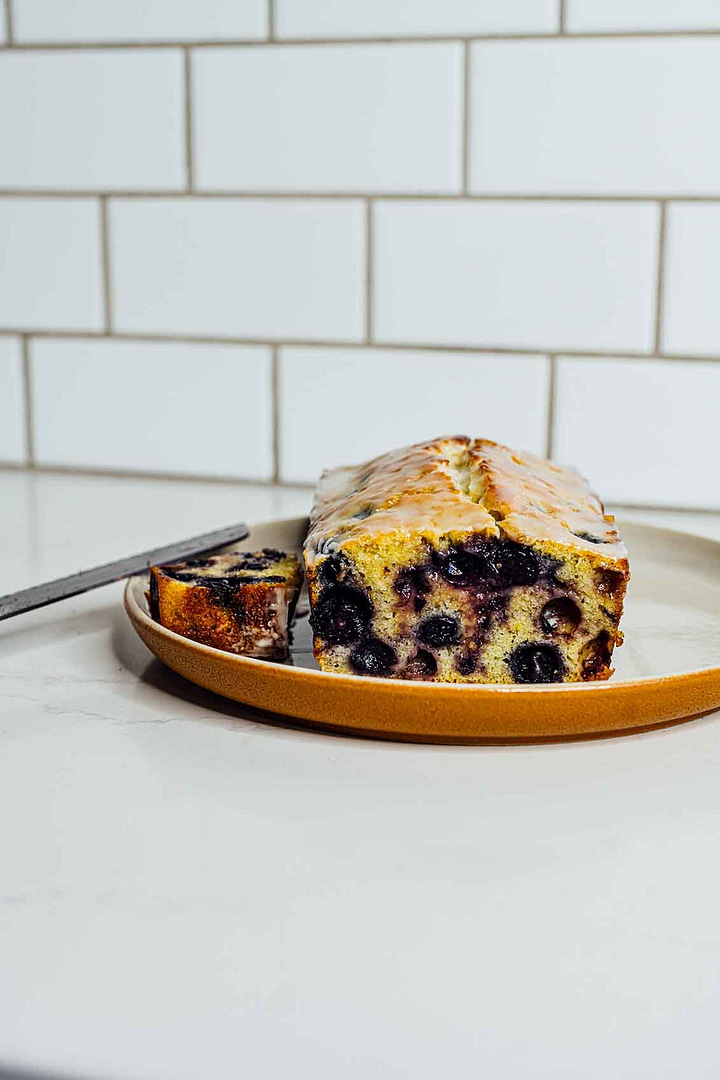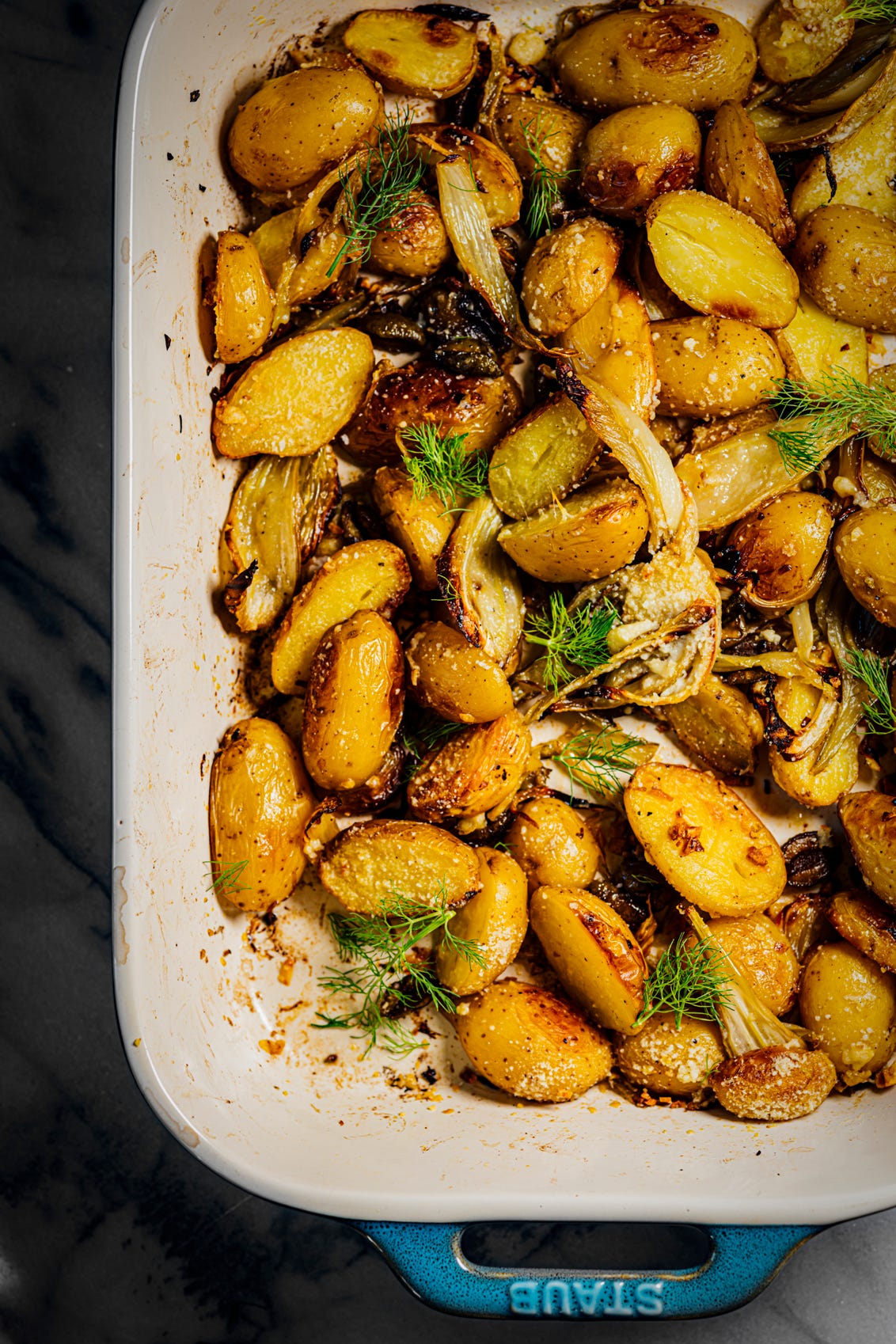Is There a Perfect Temperature to Cook Vegetables?
Recipes for Vegan Hot Chocolate, Indian Black Eyed Pea Curry, and more
Hello!
It’s been a little over a year since we remodeled our kitchen, but I still find myself sifting through Pinterest and interior design magazines to see what’s happening in the world of kitchen design. That’s exactly how I came across this piece on tiny kitchens, and I found the layouts smart and gorgeous. My favorite was the last kitchen with wood cabinetry and brass fixtures; I’d add some vintage cookbooks and one or two small plants.
Let’s face it: we all have different opinions regarding how much heat we can handle in our food. When it comes to heat, I prefer being on the milder side of the scale, which is why most of my recipes call for Aleppo pepper instead of regular red pepper flakes; the latter comes from cayenne. I also love the bright color and aroma of Aleppo. At Epicurious, I wrote about different ways to reduce the heat of chillies in hot and spicy dishes.
I’ve got some exciting news to share. On April 21st, I’ll be in NYC to celebrate Earth Day at the James Beard Foundation Platform, discussing my book, Veg-Table, with the lovely Helen Rosner of The New Yorker at 4 pm EST. Join us (tickets and details are in the link).
Have a wonderful week,
Nik
🥕🥕🥕 My NEW COOKBOOK, VEG-TABLE, is now named a Best Cookbook of 2023 and is available worldwide! Please check it out, and thank you for your support. If you have a moment to spare, please leave a review for Veg-Table on Amazon, Barnes and Noble, Waterstones, or the many indie bookstores where you purchased the book. Thank you!


This week’s recipes include my Indian black-eyed pea curry, which is economical and quick to put together, and a blueberry lime poundcake made with kefir (if you’re in America, I prefer using the Lifeway brand of kefir because it has the right consistency).
Is There a Perfect Temperature to Cook Vegetables?
Ideally, we’d have one temperature or a defined time to cook everything. Unfortunately, we don’t live in a perfect world. As a cookbook author and recipe developer, I aim to simplify the cooking process as much as possible so that the dish can display the right flavors and textures. In short, I try to do my best to make the cooking experience easier. A single cooking temperature or time would be a godsend to all of us, but ingredients are like people; they are all special in their own way.
I find blank statements in cooking do more of a disservice rather than be useful. Take the case of the advice that many of us have heard often: Don’t cook beans with acids because they won’t soften as quickly as if they were with an alkaline ingredient like baking soda. The premise is that pectin, a structural component of plants, softens faster in baking soda than in acids. This statement is partly true. Baking soda will indeed help pectin turn soft faster through a chemical reaction. Vinegar doesn’t work either, but citric acid (the acid in lemon and lime juice) and sodium citrate work even better than baking soda at softening pectin. In the potato processing industry, citric acid is the preferred chemical to extract pectin from waste potato peels. If you’ve made orange marmalade at home, you conducted the same chemical reaction. (I should point out that baking soda and citric acid/sodium citrate work and use different types of chemical reactions to help soften pectin.)




